Symbian, bada, iOS, Android, Windows Mobile, MeeGo… These are operating systems that have been with us for years. Let’s see when they appeared, and what happened to them? What you see daily on your phone screen wasn’t always there. Operating systems have come a long way in their development to come to the form we see it now. And most importantly, this path is not over, but continues to develop. Some operating systems have become leaders, while others have remained only in history. But they all affected the market in one way or another. In this article I will try to talk about the various operating systems that existed, which we used and use, and those that are no longer available. This article may not be 100% accurate, and in any case contains errors. The author understands this. Therefore, a big request to readers: if you notice an inaccuracy in the description, or have the opportunity to supplement it with knowledge, write about it in the comments.
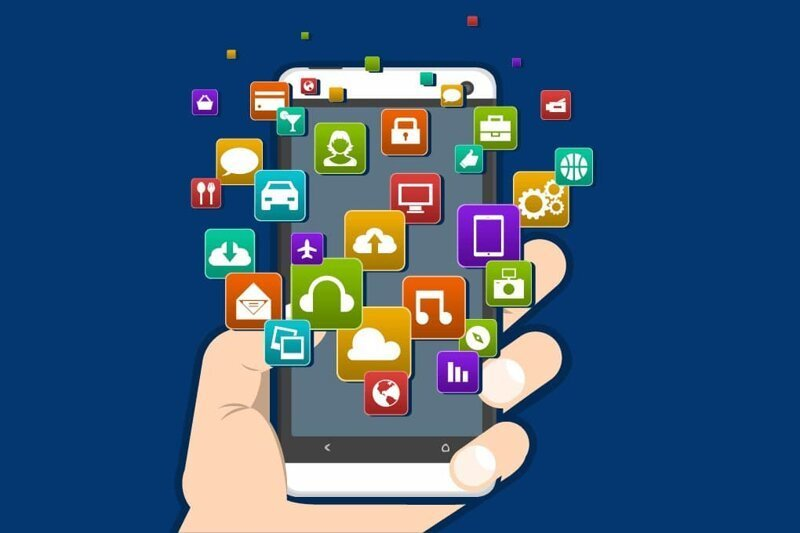
So. Let’s get started. Mobile operating systems. What were they like?
The very first mobile phone was released in 1983 (meaning it was a commercial device that appeared on sale). It was a Motorola DynaTAC 8000X. The fact that there should be an operating system inside was not yet thought of. The task of the company was precisely in the release of a mobile phone.
BUT! The first mobile operating system already existed at that time, since since 1980, Radio Shack Pocket Computer TRS – 80 communicators have been on the market
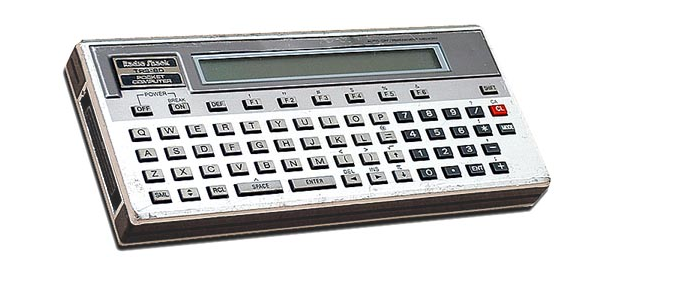
At that time, the term “smartphone” did not yet exist, and it was just a communicator. He worked on the BASIC language interpreter, and allowed you to create your own simple programs without the participation of a personal computer. In fact, it was an analogue of a calculator, but with some differences. But by right, it is this device that can be called the first mobile computer.
And already at the beginning of 1991, the first PDAs appeared on the market (this term appeared around this time). PDA stands for Personal Digital Assistant, PDA stands for “Personal Digital Assistant”. In the Russian-speaking segment, such devices were called PDAs and were deciphered as “Pocket Personal Computer”. He was also often called a “handheld”, although this name did not exist in all communities.
The first representative of the PDA was the HP-95LX communicator:
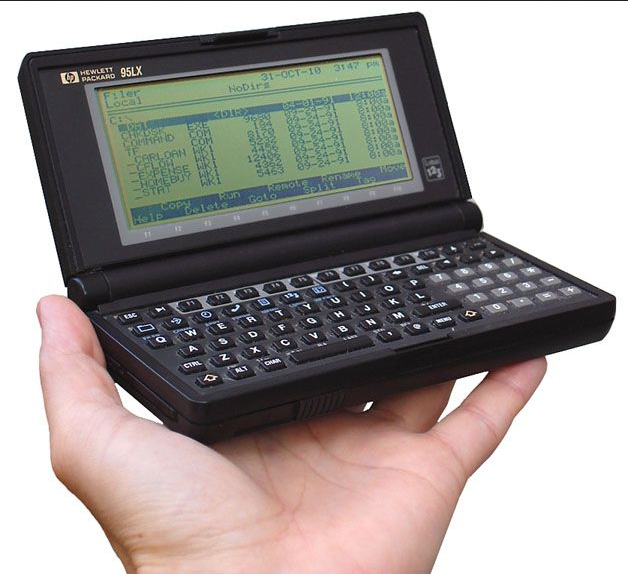
This PDA ran on MS DOS 3.22, and could partially replace a regular PC in some areas.
In 1992, the world was introduced to the first mobile OS called Newton OS . It already supported touch input, and was written in C++. By the way, the creator of this OS was Apple Corporation ( although at that time it didn’t seem to be a corporation yet )

Also in 1992, the Simon PDA appeared on the market, running on the Zaurus operating system.
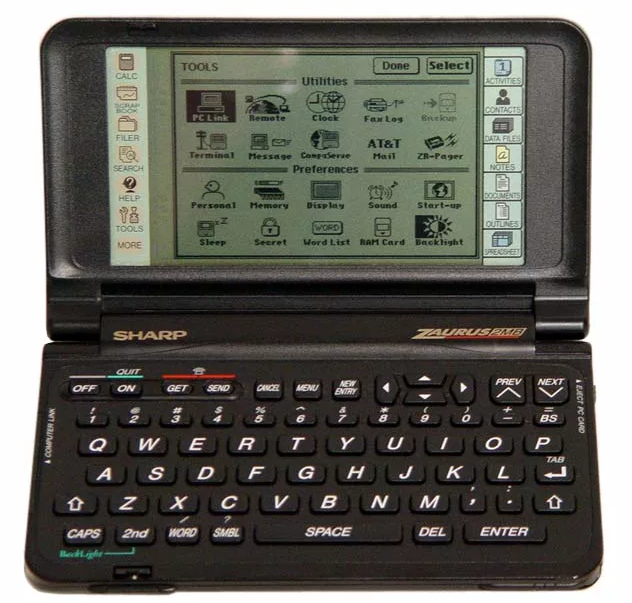
This PDA already had a list of ready-made pre-installed programs. Such as calendar, world clock, notebook, notes, calculator. That is, it was Zaurus that gave rise to the development of mobile operating systems and an understanding of what should be the default in a PDA.
At the end of 1993, Zoomer PDAs with GEOS OS appeared on the market. It was then that the development of full-fledged mobile operating systems began. Zoomer communicators were produced under different brands: Palm Computing, Casio, Tandy, Geoworks, Datalight, America On-Line.
Subsequent years did not affect mobile OS in any way. But in 1996, the Nokia 9000 communicator entered the market, which worked on the new GEOSTM 3.0 operating system.
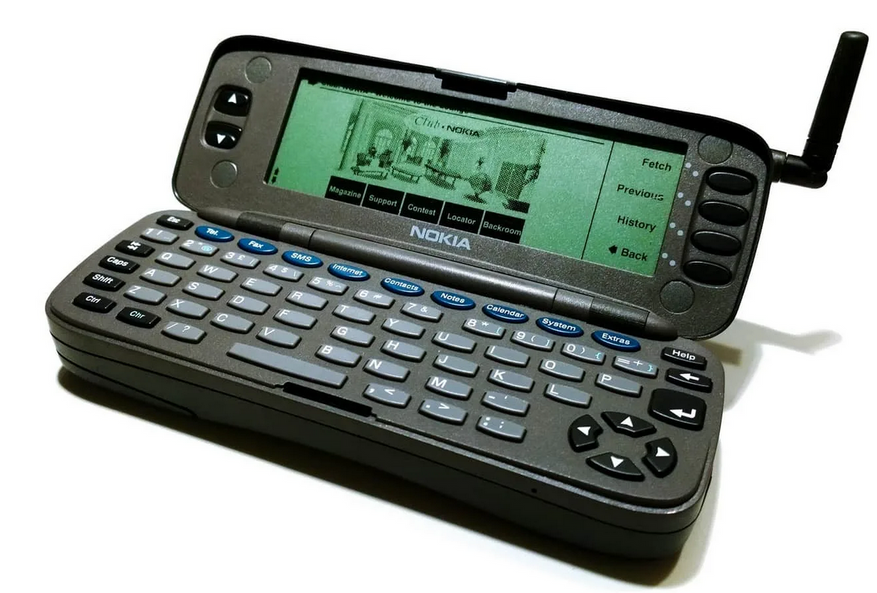
This PDA did not have touch input, but was one of the first representatives of the class of smartphones.
1996 can be called a fundamental year for the development of mobile operating systems. Since in the same year the market saw Windows CE , which for many years was one of the main operating systems for a huge number of PDAs and even smartphones. Then it was Windows CE version 1.0. And the first devices released on that OS were Palm PDAs, PalmPilot 1000 and PalmPilot 5000 .
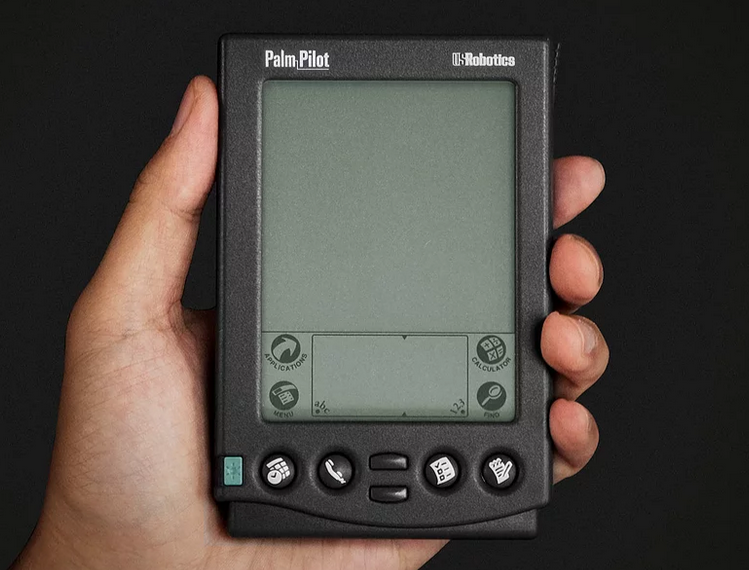
Also at the same time, another OS was released. It was Palm OS . She’s a Palm Pilot. True, problems arose with the name of this OS in the future, and it was first renamed Palm OS, then Palm-Size PC, and then completely PocketPC.
But back to Windows CE. A large number of devices came out on this OS until 2000. A large number of manufacturers used the system in their devices: Nokia, Sony, Casio, Sharp, Siemens and others.
The next development step was the appearance in 2000 of Windows CE 3.0 Pocket PC Edition . This OS was already a full-fledged OS for PDAs and was also installed on a huge number of devices. This OS has already implemented support for color screens, as well as support for memory cards, then it was CompactFlash and Multimedia Card. An excellent representative of devices on this system is the PDA Siemens SX45 :

In 2003, Windows CE split its OS into three areas for different devices. With touch and non-touch input. These were the version for classic PDAs (Pocket PC for Pocket PC, Windows Mobile Classic), the version for communicators with a touch screen (Pocket PC Phone Edition, Windows Mobile Professional) and the version for non-touch devices with a classic telephone keypad (Pocket PC for Smartphone, Windows Mobile Standard).
Starting in 2000, another mobile OS appeared on the market, which subsequently set a high bar for developers. It was Symbian . By the way, this OS was not released by Nokia at all, as was commonly believed. The Symbian OS was developed by Ericsson. And the first device put on the market with Symbian OS was Ericsson R380 :

Then Nokia, having adopted this OS, began to produce various PDAs and smartphones one by one. Nokia’s first Symbian smartphone was the Nokia 7650 in 2002.

Well, then the market was flooded with Nokia devices, becoming the market leader for many years, and also moving this entire market. These were the heydays of Symbian. At the same time, Windows CE also existed and flourished on the market ( which later even outlived Symbian, thanks to the abundance of devices that began to be produced in China. Such as car radios, simple tablets, gadgets and navigators )
Around the same time, in 2002, another OS appeared on the market. It was BlackBerryOS . This system was not mass-produced, as it was originally positioned for the corporate segment, and focused on working in a secure environment and within corporate systems. By the way, despite the fact that 20 years have passed since the release of BlackBerry OS, it is still active and developing. Unlike Symbian.
Also in 2002, another updated version of Palm OS / WebOS was presented, which I already wrote about above. This system was also intended for PDAs and smartphones. But she never managed to win the market. By the way, in 2007 Palm OS was renamed to Web OS. And devices under this operating system were produced by HP. I myself remember how I had about a year, in use, an HP TouchPad tablet running on webOS. If I’m not mistaken, it was in 2011 or 2012. I bought it when HP decided to shut down their webOS business and they were selling tablets for $99.
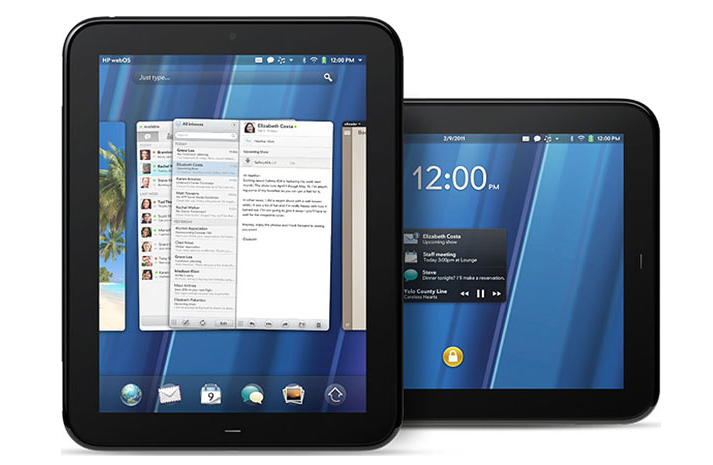
And by the way, the tablet was really cool, though under WebOS then there were few programs and games, but this did not stop me from using this device. Over time, by the way, an Android port appeared under this tablet, which I, of course, installed. With it, the tablet has already become much more interesting, which allowed me to use it for a long time. But then I sold it anyway.
But I’m getting ahead of myself again. Let’s go back to 2007. This year was marked by the release of the first version of IOS . And of course, the launch of the first Iphone
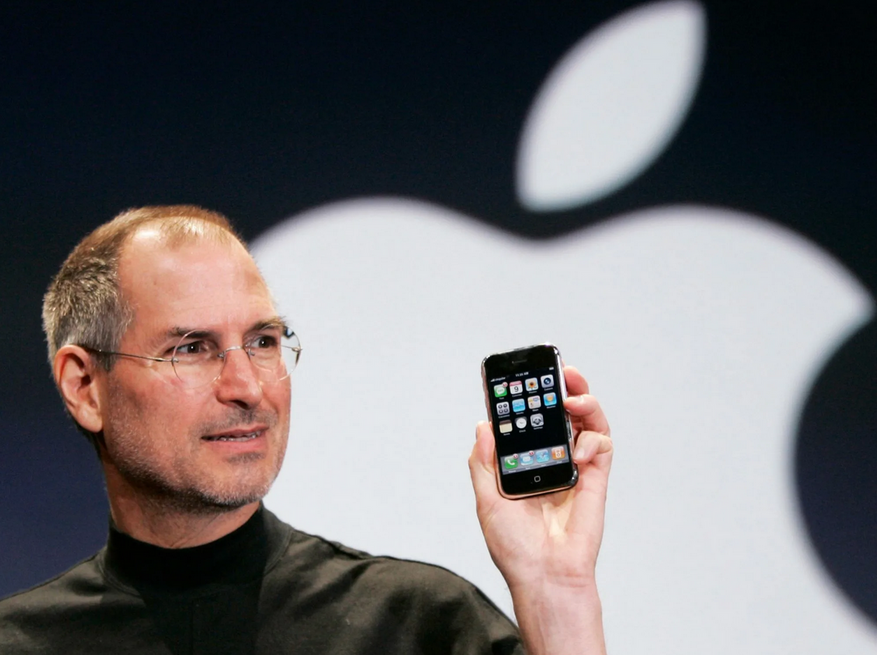
Since 2007, this OS bit by bit, but surely, began to win its place under the sun, and is currently one of the leading ones ( along with android ). If you briefly go over the dates, then this is how the release dates for new IOS versions look like:
- iOS 1 – 06/29/2007
- iOS 2 – 06/11/2008
- iOS 3 – 06/17/2009
- iOS 4 – 06/21/2010
- iOS 5 – 10/12/2011
- iOS 6 – 09/19/2012
- iOS 7 – 09/18/2013
- iOS 8 – 09/17/2014
- iOS 9 – 09/16/2015
- iOS 10 – 09/13/2016
- iOS 11 – 09/19/2017
- iOS 12 – 10/26/2018
- iOS 13 – 09/19/2019
- iOS 14 – 09/16/2020
- iOS 15 – 09/20/2021
Enviable stability. Every year around the same time there is a new version.
Now let’s talk about Android. The first version of this operating system was released in 2008. On this Android 1.0 OS , the first Android smartphone HTC Dream ( aka T-mobile G1 ) was released
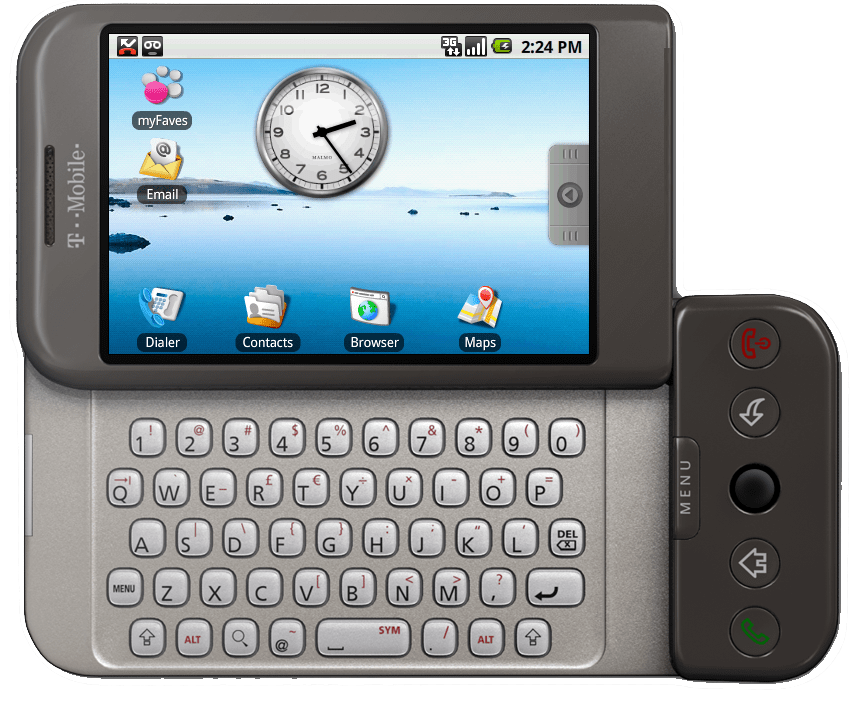
And since that date, the operating system has only gained momentum and fans. By the way, I personally first met Android when the budget phone Samsung Galaxy Y S5360 (aka Samsung Galaxy Young) appeared on the market.
I think it makes no sense to talk about how the Android system developed. Since now this system occupies a leading position in the market, on a par with IOS.
Therefore, I will tell you about alternative systems that came out in different years.
2010 The Windows Phone OS was released to the market. The first device released on this OS was HTC 7 Mozart , which went on sale in 2011
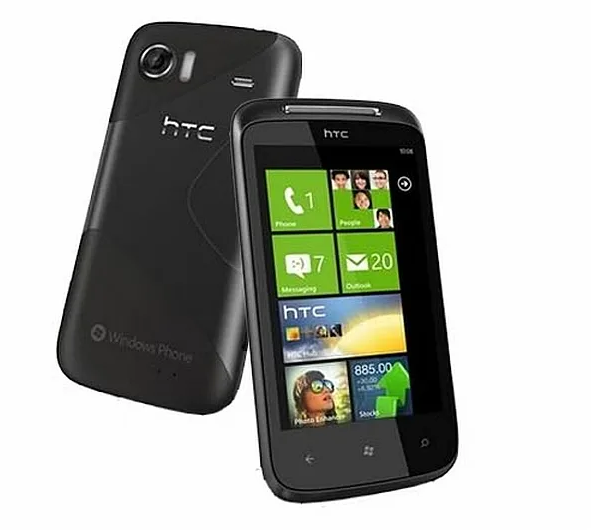
Then there was the Nokia Lumia line of phones. Which came out already, in fact, at the end of the Nokia era, and did not save the company from bankruptcy. True, there were still other reasons, but they are not related to the topic of this article.
Also in 2010 there was another OS. It was MeeGo , and the only released smartphone on this OS was the Nokia N9 smartphone
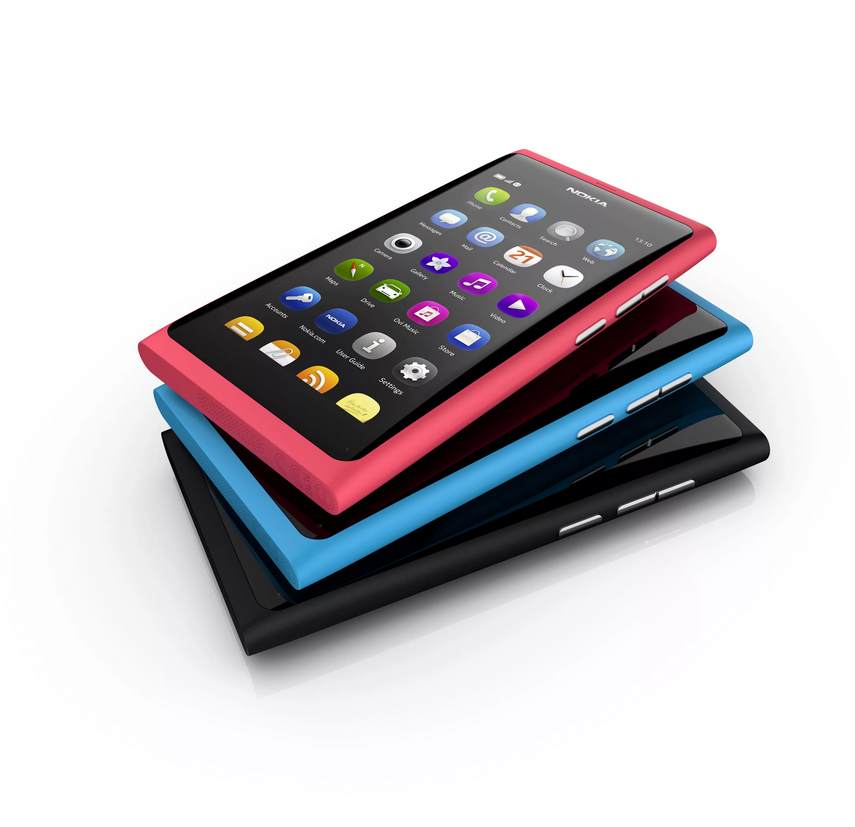
It was a really interesting and kind of revolutionary smartphone. The basis of its operating system was on Linux. But, unfortunately, this device was not accepted by the market, and numerous Chinese copies that flooded the market completely killed the sales of this device.
In 2011, Samsung, together with Intel, decided to rid the market of the Android monopoly, and released their own operating system called Tizen ( we can say that it is also Bada ). And they launched several of their devices on the market under this system. But the most notable was the Samsung Z1 , which was massively sold in a variety of markets.
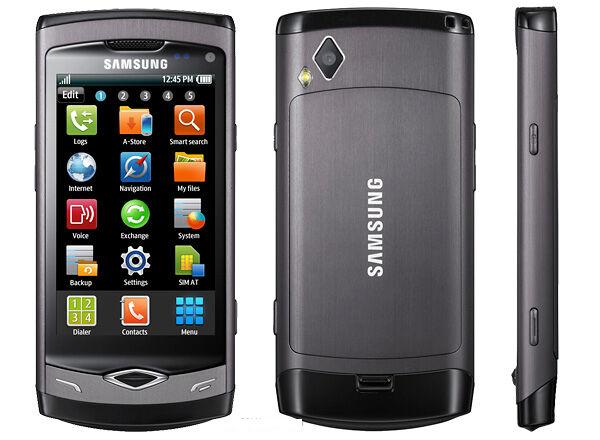
By the way, I had such a phone for a while. But I remember well that in comparison with smartphones on Android, it noticeably lost in terms of functionality.
2013 was marked by the release of Firefox OS . Fans of Linux systems rejoiced. I remember well how one of my acquaintances raved about a smartphone on this OS. And I even helped him get one copy from the USA. It was Alcatel OneTouch Fire E , as I remember now, bright orange:
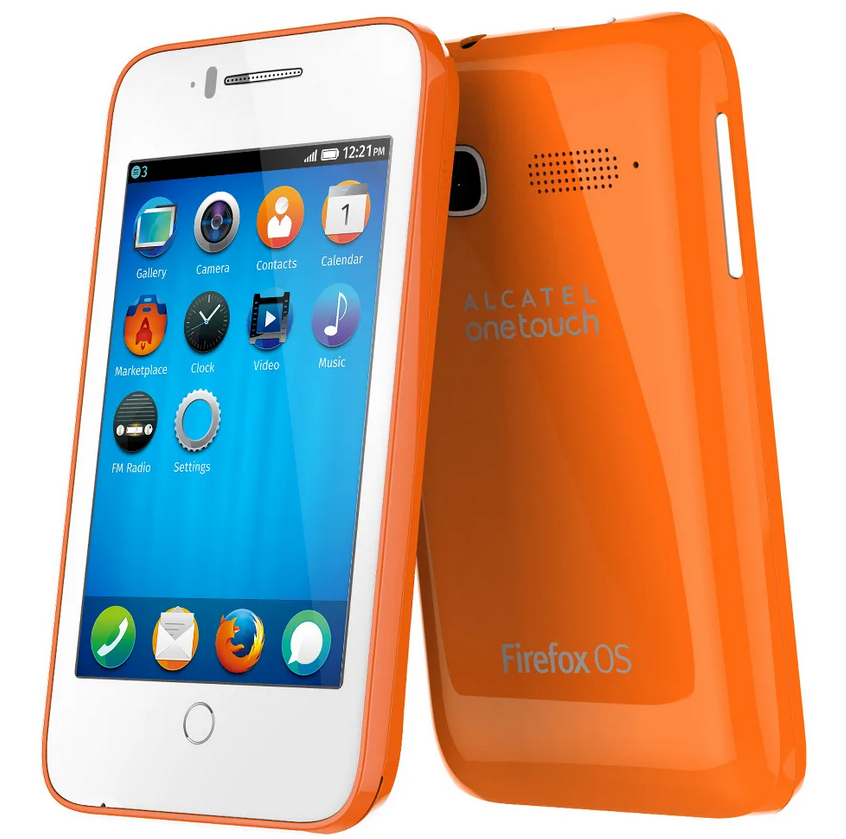
But already at the exit, we can say that it was a stillborn OS. She never became popular, and soon the project was curtailed. Despite the large number of enthusiasts.
Also in 2013, there was another attempt to introduce Linux to the masses. The mobile operating system Ubuntu Touch was released. The only notable device running this OS was BQ’s Aquaris E4.5 Ubuntu Edition :
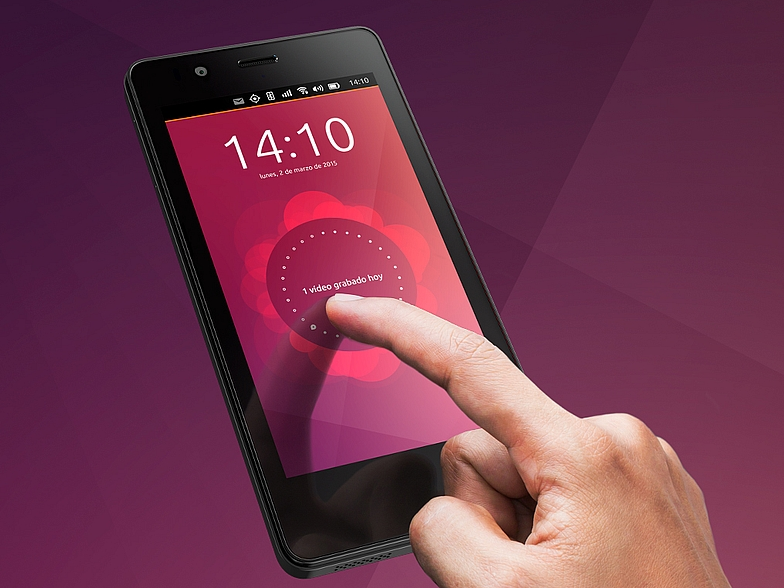
I also remember that I happened to use this device, and compared to Android, the system was extremely complex and incomprehensible. By the way, Ubuntu Touch lived longer than Firefox OS, and the community even had numerous attempts to port it to different phones. I also tried to install this OS on a smartphone, I don’t even remember which one. It seems like on Samsung Galaxy Note 2 , but it was solely for the sake of experiment, and for a long time the system on my smartphone did not live.
Another system was introduced in 2013. It was Sailfish OS from the Finnish company Jolla. This OS was predicted to have a great future, and allegedly it could even undermine the authority of Android and IOS. But as usual, the market did not accept this system. And as a result, Salifish Jolla did not become popular.

Well, since 2015, the market has finally and irrevocably captured Android. This system began to develop by leaps and bounds. New versions began to come out, adding convenience, functionality and beautiful buns. And it only competes with IOS, thanks to the fact that it comes out on its fairly popular smartphones. Since 2015, the world has been divided into Android and IOS users. With occasional splashes of Windows Phone users. And even rarer users of other operating systems.
It is also worth mentioning the quite popular S40 and S60, which were used for ordinary phones from Nokia, such as Nokia 6300 and Nokia 6330. As well as various shells in Java, which were not full-fledged operating systems, but rather were just shells, and provided little functionality. These shells are still periodically used in various so-called dialers. But since they are niche devices, and did not affect the market and the development of the main operating systems in any way, I have nothing special to say about them.
If we dream a little, we can assume that another mobile operating system will suddenly appear on the market, but this is unlikely. Since the current OS already has a huge community, people are used to them, and the OS itself is in constant development. The market simply won’t accept another player. And if 7-10 years ago, buyers had a choice of choosing an OS, now it has come down to only two options: either IOS or Android. With all its pros and cons.





